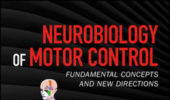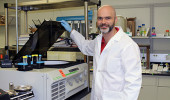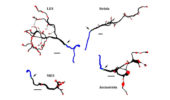Hooper Edits Book on ‘Neurobiology of Motor Control. Fundamental Concepts and New Directions’
Dr. Scott Hooper, Professor of Biological Sciences, co-edited a book on Neurobiology of Motor Control. Fundamental Concepts and New Directions for Wiley Blackwell Publishers. The book provides A multi-disciplinary look at the current state of knowledge regarding motor control and movement—from molecular biology to robotics. Abstract: The last two decades […]
Read more ›




















Comments